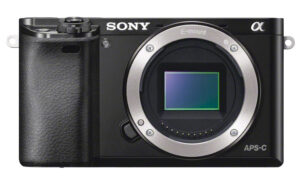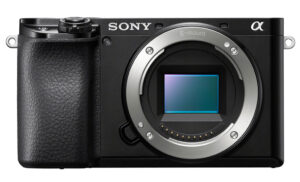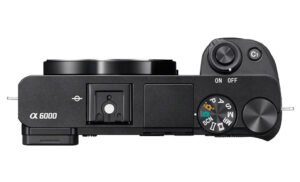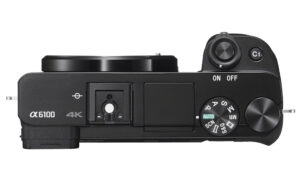The Sony a6000 was announced in February 2014. Five years later, not only it is still on the market but it can probably claim the title of the most sold mirrorless camera (or at least get very close). Obviously it is starting to show its age but it remains an excellent bargain if you don’t have a lot to spend.
The A6100 feels like the first real successor to the A6000, partly because of the naming, but also because its price is closer to that of the original camera than any other APS-C model released by Sony to date.
So how do they compare? Let’s find out, shall we! But first, a quick overview of what they have in common:
- APS-C format
- 24MP of resolution
- shutter speed of 1/4000s to 30s
- 0.39-in viewfinder with 1,440k dots, 0.7x magnification
- 11fps continuous shooting
- Wifi and NFC connectivity
- USB 2.0 and Micro HDMI ports
- single SD card slot (UHS-I)
Additional coverage:
A6100 vs A6400 vs A6600 – A6000 vs A6100 – A6100 vs A6300
Ethics statement: The following is based on our experience with the a6000 and Sony’s official press release. We were not asked to write anything about these products, nor were we provided with any sort of compensation. Within the article, there are affiliate links. If you buy something after clicking the link, we will receive a small commission. To know more about our ethics, you can visit our full disclosure page. Thank you!
1. Sensor and processor
As mentioned in the introduction, the resolution of the two cameras is basically the same (24.2MP for the a6100 and 24.3MP for the a6000) but there are a few differences worth pointing out.

First the A6100 sensor includes a front-end LSI chip that increases the processing capabilities (1.8x times faster according to Sony). The new camera also has an updated BionZ X processor.
Second, the A6100 outputs 14-bit RAW and works with 16-bit image processing, unlike the A6000.
Third, the sensitivity range is slightly different. Whereas the A6000 works from ISO 100 to ISO 25600, the A6100 goes up to 32000, or 51200 with the extended values.
In video mode, the A6000 only goes up to 12800, whereas the A6100 can record up to 32,000.
2. Autofocus
One of the most important differences concerns the autofocus.
The A6000 uses an old system that includes 198 phase and 25 contrast detection points. It’s not bad by any means but it lacks all the improvements that Sony has made over the past few years, most of which are found on the A6100.
These updates include real time tracking, where the camera uses AI and machine learning technology to analyse the subject based on colours, brightness, depth and face. There is also real time Eye AF which works with both humans and animals (the A6000’s Eye AF is available in S-AF and only works with people).

The A6100 has 425 phase and contrast detection points that cover a larger area of the sensor (84%). The focus acquisition time is as fast as 0.02s, versus 0.06s on the A6000.

The improvements mentioned above are also valid for video recording (minus Eye AF which is not available on either camera).
3. Continuous shooting and live view
Both cameras can shoot up to 11fps but the A6000 never keeps a live view of the scene, no matter which speed you select. You always see the pictures you just captured in rapid succession.
The A6100 on the other hand can maintain a live view (with short blackouts) up to 8fps. At 11fps, it shows you the last image taken just like the A6000.
4. Video recording
Video is another major difference between these two cameras.
The A6000 can record in Full HD up to 50 or 60fps. The bitrate is 50Mbps when using the XAVC S codec.
The A6100 offers 4K video up to 30p and 100Mbps with full pixel readout. In 1080p, it can record up to 120fps. Neither camera has Sony’s picture profiles or S-Log gamma settings.
Another feature found on the new model is a 3.5mm microphone input and a clean HDMI output.
5. Electronic shutter
Like all recent mirrorless cameras, the A6100 has an electronic shutter option that allows you to take pictures in complete silence. You can also take burst sequences up to 8fps.
The A6000, being an older model, doesn’t have this option.
6. Design
The two cameras look very similar, but there are a few small differences.
The A6100 has a marginally larger grip and is ever so slightly deeper and heavier. Neither camera is weather sealed:
- a6000: 120 x 66.9 x 45.1 mm; 344g (with battery and SD card)
- a6100: 120 x 66.9 x 59.4 mm; 396g (with battery and SD card)
The button layout is almost identical except for the AF/MF/AEL switch on the rear that allows you to assign two different functions to the same button.
The A6100 has 8 custom buttons as opposed to 7 on the A6000, and benefits from the most recent GUI interface for the menu system, which is much easier to navigate and includes the My Menu page where you can save your most used settings.
7. LCD monitor
The two cameras sport a rear LCD screen with 921k dots of resolution, but this is where the similarities end.
The A6100 has a more modern version that includes touch sensitivity, which is mainly used to select a focus point or start AF tracking on a subject.
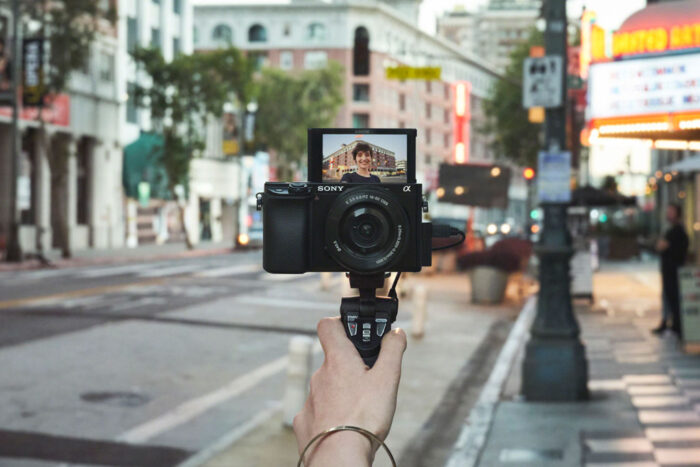
The other difference is the tilting mechanism: the A6100 screen tilts up 180˚ and down 73˚, whereas the A6000 monitor can move up by about 90˚ and down 45˚.
8. Time-lapse
If you want to record a time-lapse on the A6000, you need to download the dedicated app from the PlayMemories store, and you have to pay for it.
Fortunately, the A6100 includes a built-in intervalometer with several options. The camera can also give you a preview of how a video will look but it cannot create the video file in camera.
9. Bluetooth
Wifi and NFC is found on both cameras, but the A6100 has Bluetooth as well.
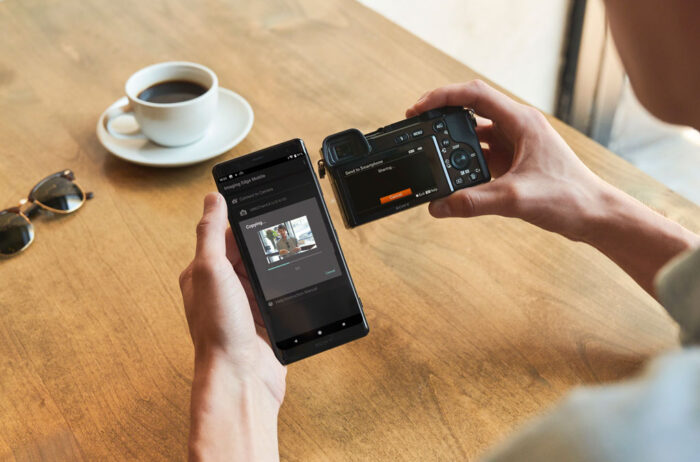
This extra connection allows you to save location data to your photographs when the camera is connected to the Imaging Edge app on your mobile phone.
10. Price
The A6000 is still on the market more than five years after its launch. As you can imagine, it can be found for a very affordable price, often under $500 / £500 / €500.
The a6100 starts at the suggested retail price of $750, or £830 and €900 in Europe. Note that these prices are for the body only.
Conclusion
It’s not difficult to see the many benefits of the A6100, from the state of the art autofocus and tilting touch screen to its 4K video capabilities and improved processing speeds. All these features make it an easy choice except for one thing: the price.
The A6000 may be old, but if you’re on a tight budget, the reduced cost is too great to ignore, especially when you’re likely to find it at an attractive price with a lens or two included.
Reminder: the links below are affiliate links. If you decided to buy something after clicking the link, we will receive a small commission.
Check price of the Sony A6000 on:
Amazon | Amazon UK | B&H Photo | eBay
Check price of the Sony A6100 on:
B&H Photo

